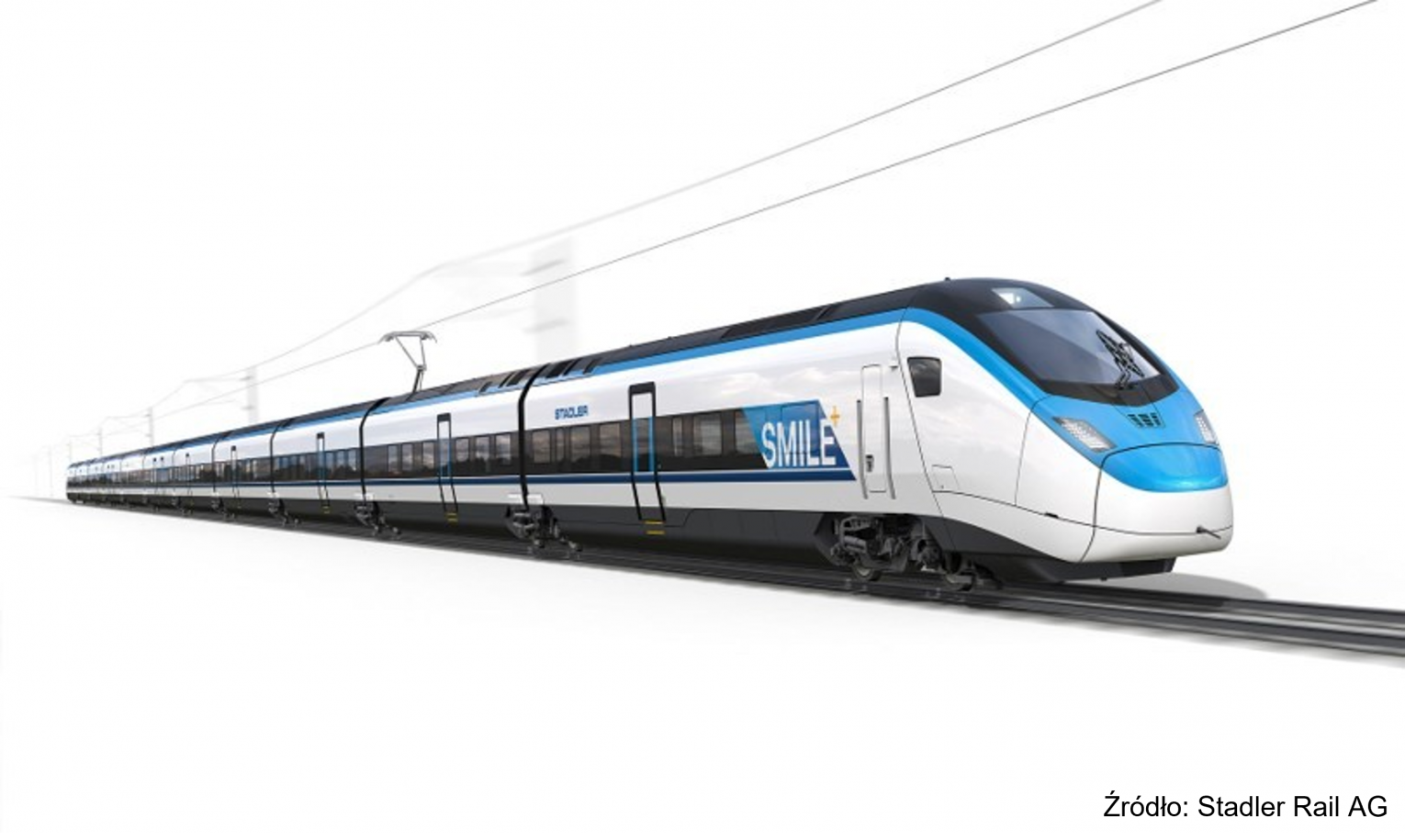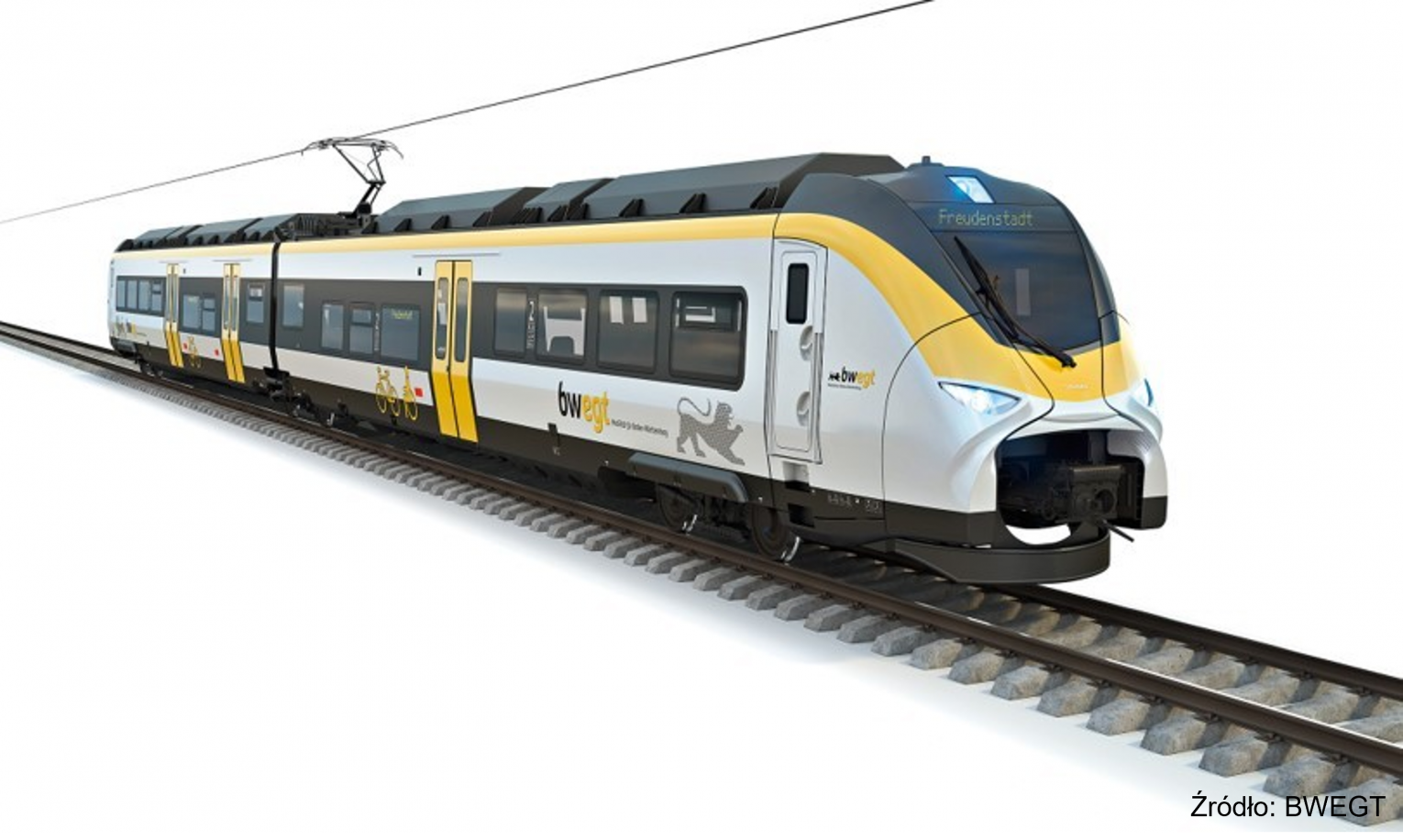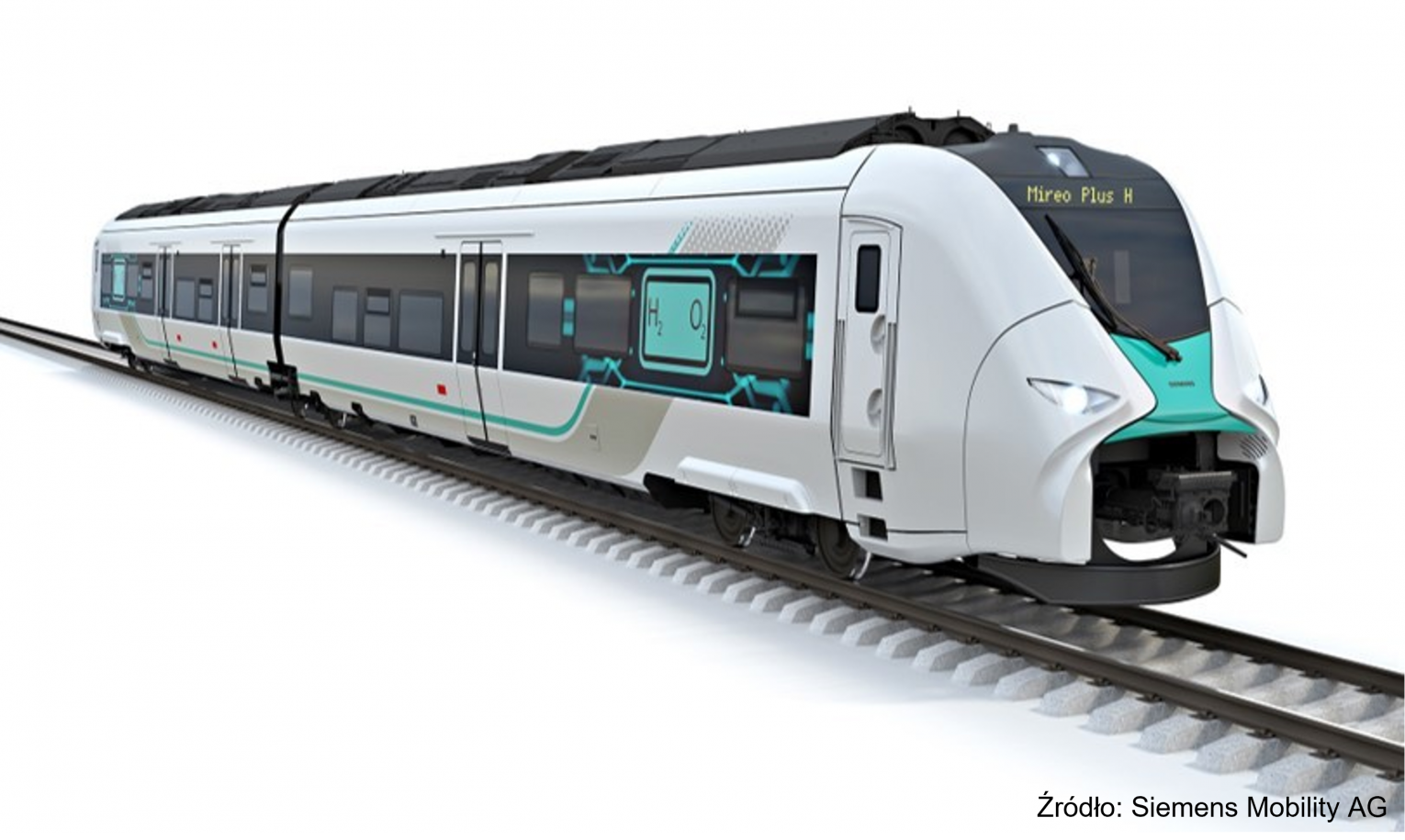Project objective
The goal of the project is to build 50 hydrogen railroad stations by 2028. Hydrogen fuel can replace diesel fuel in places where electrification is difficult (this is as much as 36% of the Polish rail network). Hydrogen sold at PGE Energetyka Kolejowa S.A. stations will be produced by electrolysis from local RES sources or purchased from external suppliers. The planned number of hydrogen refueling stations will meet the demand of the railroad sector. Prior to the construction of the station, an assessment of the potential for use of hydrogen by the railroad end user will be carried out each time, and letters of intent/promises will be signed to receive hydrogen from the constructed station. The Hydrogen Railway will enable the emergence of a Polish hydrogen market, starting with local hydrogen producers, followed by refueling station manufacturers, and ending with retrofitters and manufacturers of hydrogen rolling stock.
Benefits of implementing the Hydrogen Railway:
- Distribution of ~4,000 tons of hydrogen per year - reducing nearly 40 million liters of ON, or 100,000 tons of CO2 per year.
- Building a complete value chain for the use of hydrogen in the Polish railroad sector
- Enabling the emergence of a market of manufacturers of Polish hydrogen refueling stations.
The project is a realization of the premise that hydrogen should be "a priority in terms of developing a carbon-free, closed-loop economy."
For the development of Europe's climate-neutral railroads, the selection and prioritization of appropriate technical solutions is crucial.

Electrification (where it makes technical and economic sense) should be the first choice. On electrified rail lines, trains should be powered by green electricity.

On partially electrified routes, it makes sense to use hybrid trains, that is, powered from green traction on electrified sections and from batteries on non-electrified sections.

On other railroads, where train volumes are relatively low, it makes sense to use hydrogen trains (due to the energy density of hydrogen, among other reasons).






